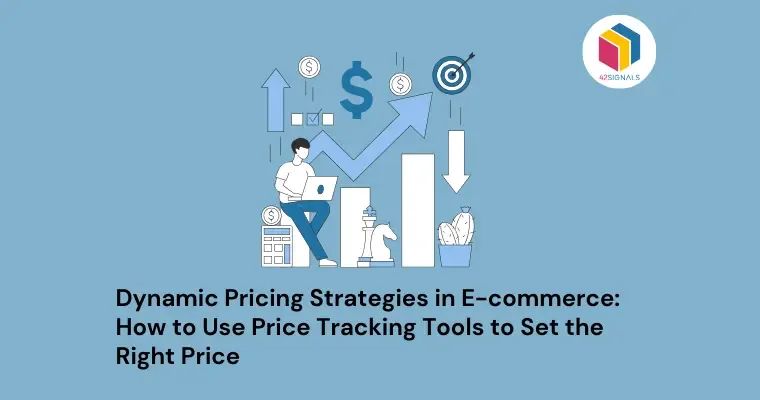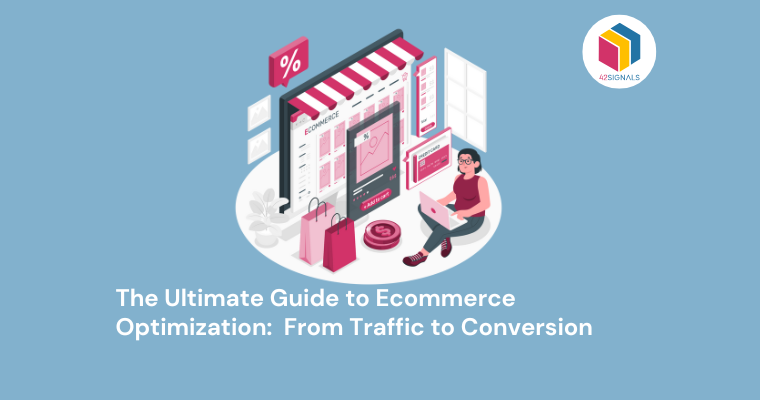In today’s competitive e-commerce market, traditional fixed pricing models can sometimes fall short in optimizing revenue. Businesses that are new to online marketplaces often find it difficult to determine the ‘right’ price. Traditionally, businesses factored in all of the costs incurred for production and selling, then came up with prices that their customers loved. Figure 1 shows the key metrics brands consider when setting prices traditionally: the value of the product, the cost of production, competition in the market, and elasticity. However, this is no longer the case, given the hundreds and thousands of e-commerce brands vying for market share. This is where dynamic pricing strategies come into play.
Figure 1: Traditional Pricing Model
Source: https://www.blackcurve.com/
What is a Dynamic Pricing Strategy?
In simple terms, dynamic pricing refers to the process of changing prices dynamically based on real-time factors such as market demand, competitor pricing, stock availability, and more. Fig 2 represents this concept clearly.
Fig 2: Dynamic Pricing
Source: https://www.price2spy.com/
If you’re someone who travels frequently, you might have noticed that ticket prices can change a lot when you’re trying to book. The more you check for ticket prices, the higher the price seems to get next time. This happens because of two reasons – either more people are trying to buy tickets for that specific time, increasing the demand, or the airlines have tracked your views several times and have increased prices due to your need. And if you end up booking your tickets closer to the travel date, you could end up paying almost double the price due to limited availability. When demand is high, prices tend to go up.
With various e-commerce price tracking tools available in the market, brands now find it easier to set the ‘right price’ for their products across different platforms. E-commerce analytics tools like 42Signals help brands identify trends in stock availability, compare categories across multiple platforms, spot price violations, and more. Let’s take a closer look at these price tracker tools and understand the key benefits they offer.
E-commerce Price Tracking Tools to Set the ‘Right’ Price
Price and Discount Comparison for Products with Category Average
It is imperative to understand how your product prices compare to the category average. This understanding will help you determine if your product is overpriced or underpriced. With 42 Signals’ interactive dashboard, you can effortlessly view price comparisons with the category average for any product.
Fig 3: 42Signals Price Comparison Dashboard
At times, brands run online offers. Hence, it’s important to comprehend the discount comparison for your product relative to the category average. This understanding will assist you in planning your seasonal sales more effectively, leading to higher revenue.
Fig 4: 42Signals Discount Comparison Dashboard
Competitor Pricing Insights
With the current competition in the e-commerce space, it is imperative for brands to keep a close watch on the competitors’ pricing strategies. Identify how your product compares to your competitors on the pricing aspect. A price tracker or price tracking tool enables you to evaluate the pricing of your competitors and set prices competitively.
Understanding Customer Demand
Demand-based pricing is a form of dynamic pricing strategy. Consequently, it’s essential to assess the demand for your product in your target market. By utilizing an e-commerce insights tool, you can readily identify when your products experience high demand. Adjust your prices accordingly during these peak periods to maximize your revenue.
Incorporating Customer Feedback
Listen to your customers’ feedback regarding your prices. Their input can help you fine-tune your strategy. Pay attention to reviews, comments, and direct feedback. If customers consistently mention that your prices are too high or too low, consider adjusting based on this input. Customer feedback can provide valuable insights into how your pricing strategy aligns with their perceptions and expectations.
In Summary
The digital age has brought about an abundance of data and tools that make enforcing dynamic pricing strategies more viable than ever before. Price tracking tools, like 42Signals, in particular, have appeared as vital assets in this pursuit. These tools provide real-time insights into market trends, competitor actions, and customer preferences, enabling firms to make informed pricing decisions that align with their objectives.





